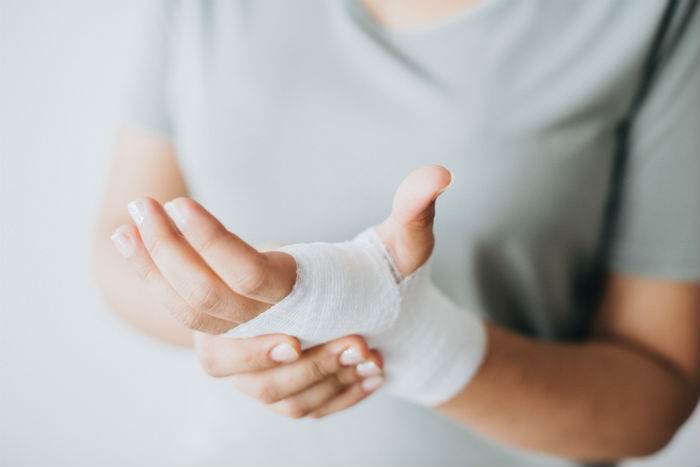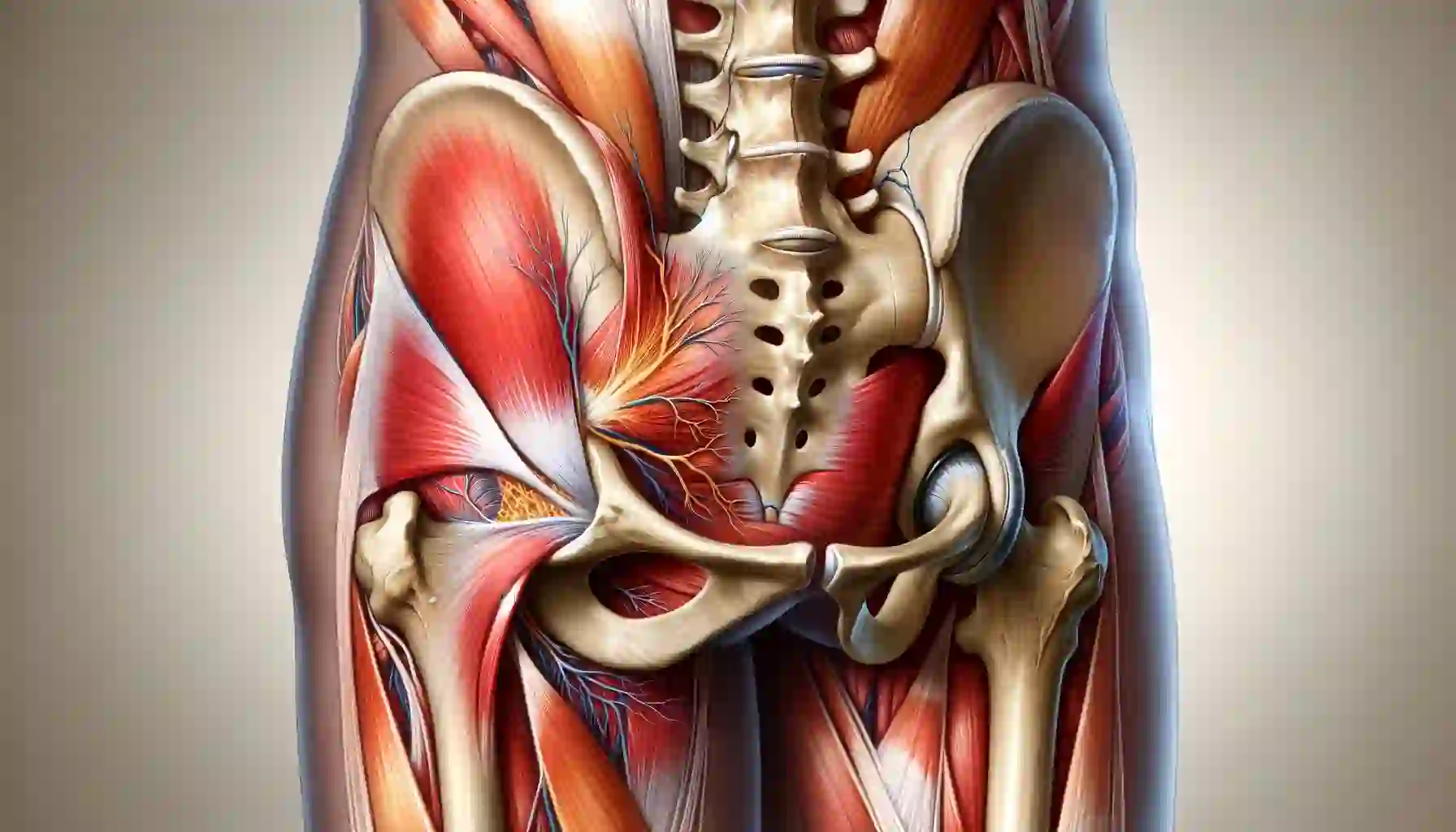How To Exercise When Recovering From An Injury
Recovering from an injury can disrupt your regular daily activities, particularly in terms of exercise. In the case of a knee injury, it can impact walking and various leg exercises that were part of your routine before the injury occurred.
The primary objective when recovering from an injury is often to regain the level of activity you enjoyed before the injury. If, for example, you were capable of performing 100 squats before a knee injury, the aim is to return to that level of strength and mobility once the injury is fully healed.
Part 2 Degenerative Disc Disease: Best Exercises To Help Your Lower Back Pain – Spondylosis
Nevertheless, there are crucial precautions to bear in mind before resuming exercise during the recovery phase.

Engaging in discussions with your doctor is paramount when considering exercise when recovering from an injury. Your doctor will provide advice based on the current state of the injury and may either recommend holding off on exercise or refer you to a specialist such as a chiropractor or a physiotherapist if it’s deemed appropriate.
When dealing with lower back disc herniations, it is essential to seek professional guidance. A chiropractor can play a crucial role in your recovery by developing a tailored exercise plan aligned with your specific goals. This plan may involve a series of exercises designed to address the injury and gradually improve your strength and flexibility.
The chiropractor will guide you through the exercises, monitor your progress, and make adjustments to the plan as needed. This personalized approach ensures that the exercises are appropriate for your current condition and are modified as you advance in your recovery.
It’s essential to adhere to the advice and recommendations of both your doctor and chiropractor to promote a safe and effective recovery process. Regular communication with your healthcare professionals will contribute to a comprehensive and well-managed rehabilitation journey.
So how do you exercise when recovering from an injury?
- Exercise at Your Own Pace: Take your time with exercises, avoiding rushing through repetitions. Gradually increasing the pace as your muscles strengthen will make the exercises easier and more efficient.
- Utilize Contractions for Muscle Strengthening: Focus on isometric contractions to strengthen muscles around the injured area without joint movement. This approach enhances muscle strength, promotes blood flow to the injured part, and expedites the healing process. Using a heating pad can also aid in increasing blood flow.
- Strengthen Other Parts of Your Body: Despite the injury, maintain overall fitness by exercising other parts of your body. If one leg is injured, strengthen the unaffected leg to support your body weight. Consider low-impact exercises like swimming, walking, or using a stationary bicycle, ensuring they don’t exacerbate your injury.
- Listen to Your Body: Pay attention to your body’s signals, particularly pain. If you experience pain during an exercise, stop immediately. Pain serves as a clear indicator of your body’s limits during the recovery process.
- Consult a Chiropractor or Physiotherapist: Enlist the guidance of a chiropractor or physiotherapist as your instructor during the recovery period. While gym instructors may provide exercises, chiropractors tailor workouts to the injury-healing process. For example, in the case of a knee injury, a chiropractor can design exercises to strengthen surrounding muscles without causing unnecessary strain on the injured knee. This personalized approach ensures a more effective and safe recovery.
By following these guidelines, individuals can approach exercise during injury recovery with a focus on gradual improvement, overall fitness, and personalized care.
This downtown Toronto Chiropractor will do his best to answer all questions if you want to comment below. Also, let us know who you think is the best Toronto Chiropractor in the comments below.
Picture Reference
Author Bio:
Dr. Charles-Davies is a medical doctor who loves to share health information using relevant methods.







I do trust all the ideas youve presented in your post They are really convincing and will definitely work Nonetheless the posts are too short for newbies May just you please lengthen them a bit from next time Thank you for the post